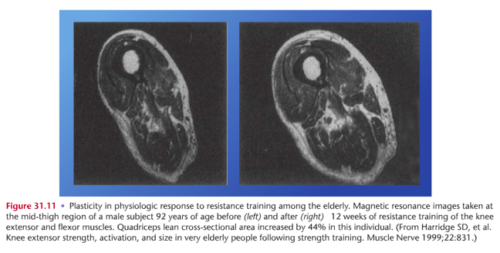While I was still an undergrad at Yale, coming down regularly to NYC for my startup, I was thrilled to discover the then newly-opened Campbell Apartment. When the current Grand Central Station was built in 1913, John Campbell, who chaired the board of the New York Central Railroad, had the space built in as a private office. After his death a few decades later, the apartment was abandoned, eventually repurposed into a little-used storage closet. Then, in 1999, the architects upgrading Grand Central rediscovered the space, with its 1910’s decor, stained glass windows, etc., still intact. With a few million dollars in renovations to return it to its previous opulence, The Campbell Apartment opened as a semi-secret speakeasy. It was, in a word, perfect.
This past year, that version of the bar closed, soon to reopen as a cheesy, DJ-centric nightclub. But a slew of great, semi-secret speakeasies remain – places like Bathtub Gin, Raine’s Law Room, Angel’s Share, Employees Only, and Please Don’t Tell.
But I’m always thrilled to discover another addition to that list. So, this weekend, while out in Williamsburg, I was particularly happy to stumble across Hotel Delmano.
As my go-to restaurant review site The Infatuation put it, “Hotel Delmano is probably the best date spot in Williamsburg. It's dark, cozy, and feels like an ocean liner that sank a long time ago.” Which is precisely right:

It seems like a place where Hemingway would have been thrilled to enjoy five or six daiquiris. Though, in the picture above, we’re instead testing out the Junebug (dill-infused gin, lemon, sugar snap peas, fino sherry, suze) and the San Francisco Handshake (thyme-infused gin, st germain, lemon, fernet branca).
If you’re in Williamsburg, or even if you’re not, consider heading their way to enjoy it yourself.

